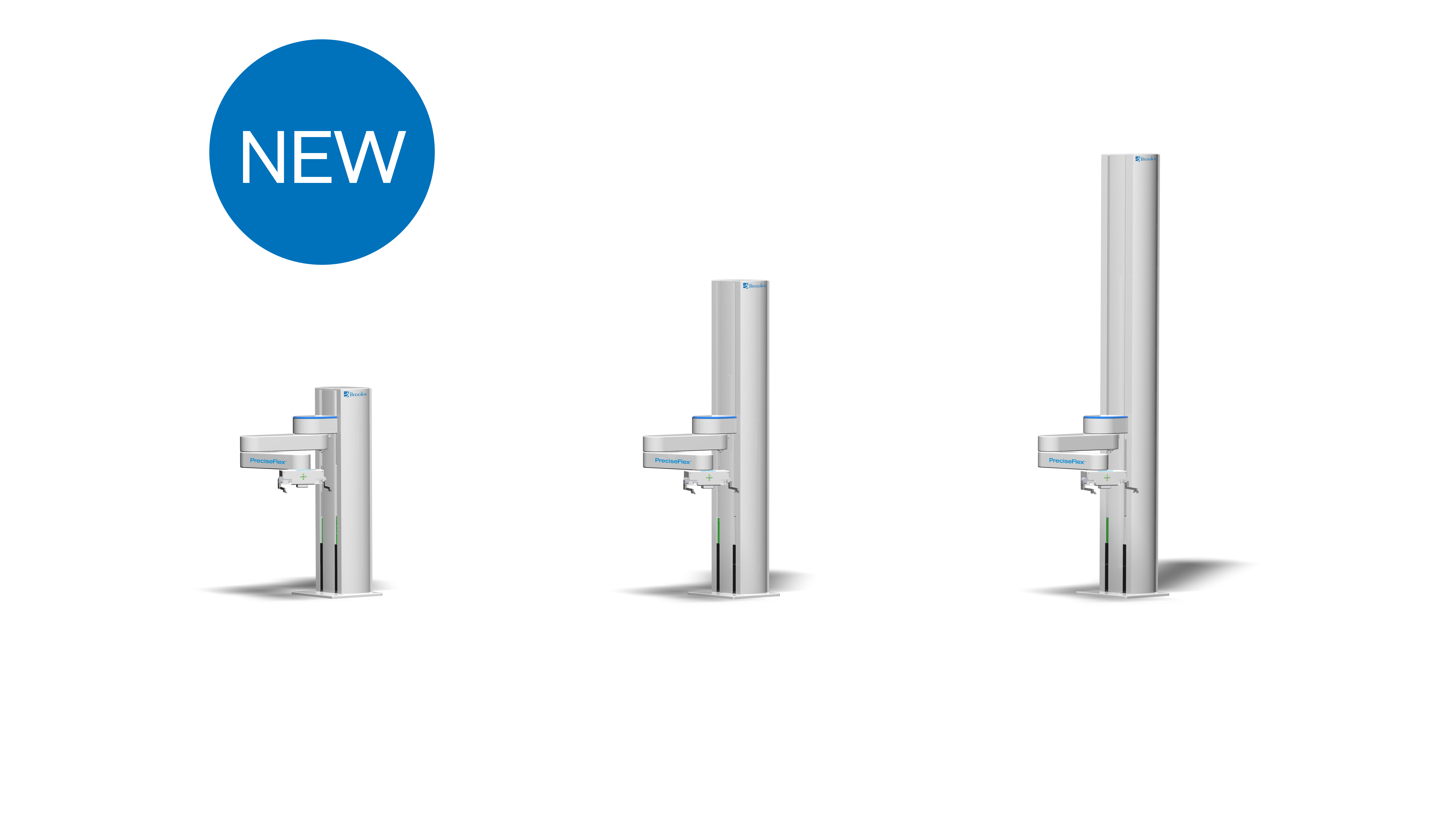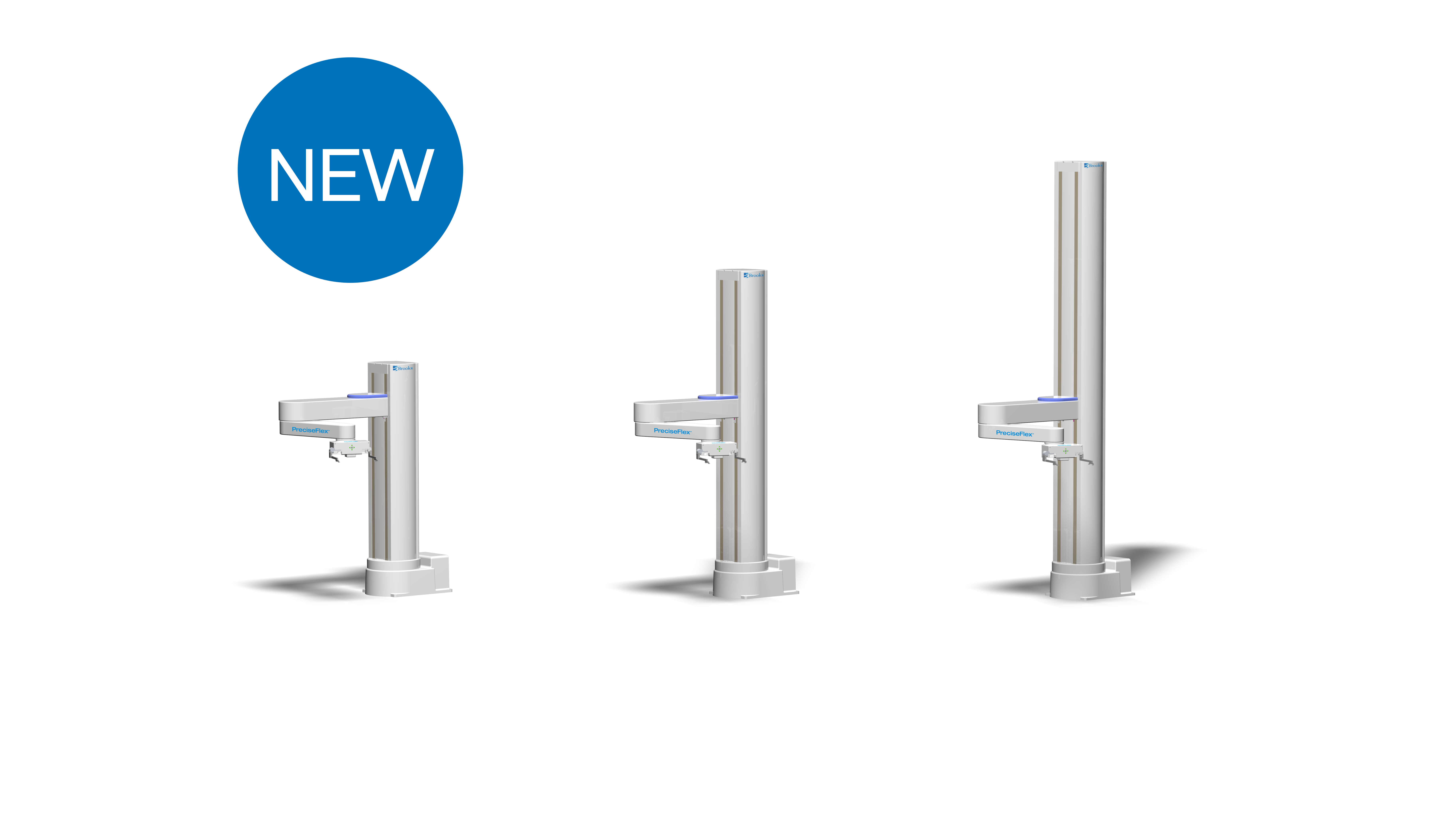Analytical
Brooks’ analytical systems enable our customers to leverage the power of automation in analytical applications to deliver unparalleled benefits and advantages. Our systems enable laboratories to achieve efficient, accurate, and reliable results leading improved research outcomes and cost reductions. Explore the future with our pioneering analytical automation solutions.
AIM Autosamplers
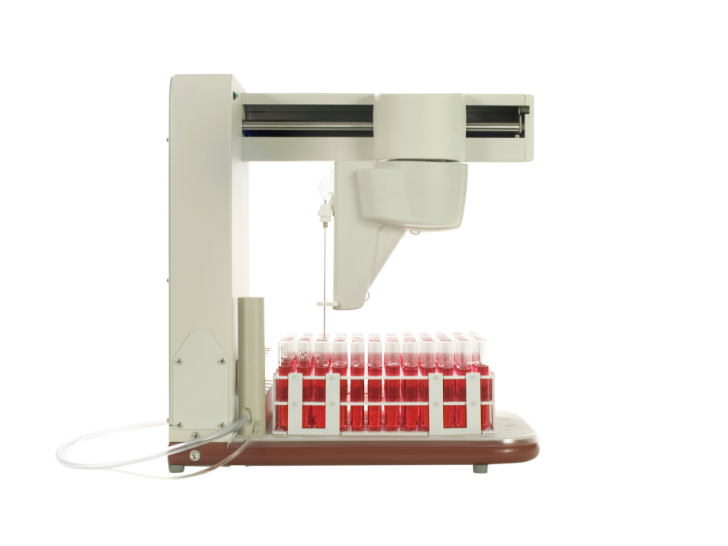
AIM3200 Autosampler
Fast, compact autosampler.
Learn More
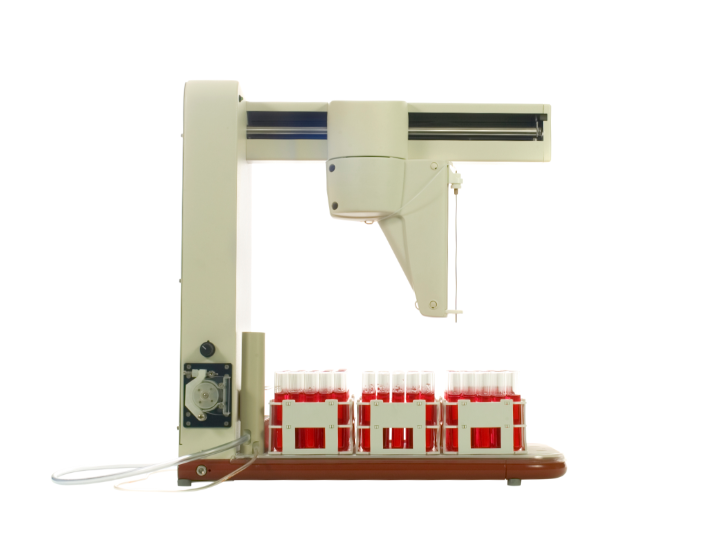
AIM3300 Autosampler
Flexible autosampler. Holds 3 sample racks and up to 2 standards racks.
Learn More
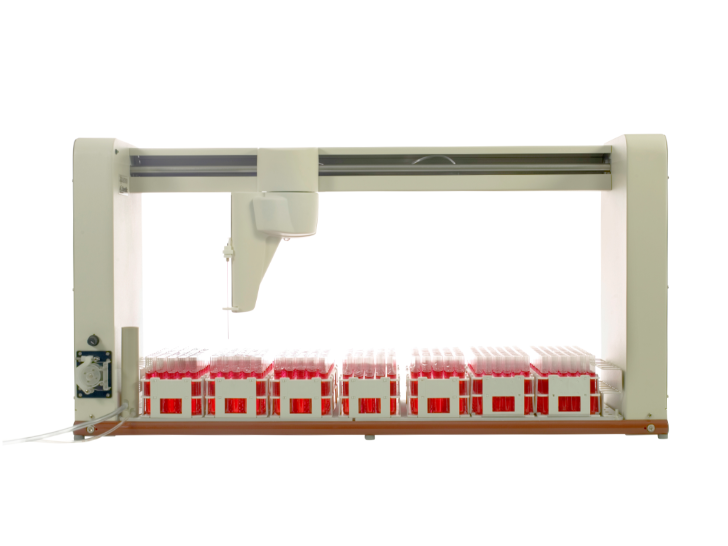
AIM3600 Autosampler
The highest capacity autosampler in Brooks' range. Holds 7 sample racks and up to 2 standards racks.
Learn More
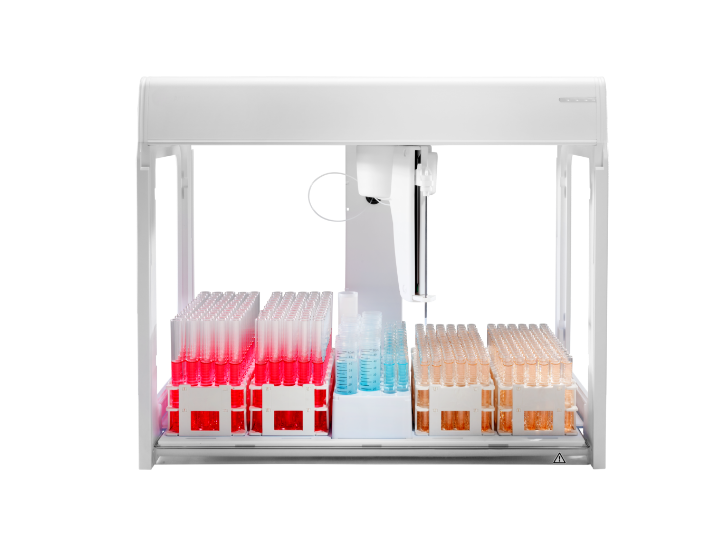
AIM4000 Autosampler
Setting the bar in innovative autosampler design. Holds 4 sample racks and 1 standards rack.
Learn More
PreciseFlex Sample Handlers and Cobots
PreciseFlex c3
Based on the proven PreciseFlex 400 robot, the PreciseFlex c3 is optimized to meet the evolving demands of drug discovery and development labs. The PreciseFlex c3X has the same functionality as the PreciseFlex c3, but with an extended horizontal reach.
Learn More
PreciseFlex c5
Designed to work seamlessly alongside people and delicate equipment, the PreciseFlex c5 Robot delivers precision and sophistication in any environment. Whether you're operating a manufacturing plant, streamlining a warehouse, or managing a laboratory, this collaborative robot offers an unparalleled advantage.
Learn More
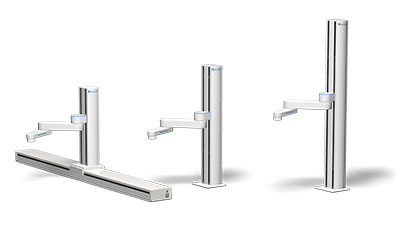
PreciseFlex 400
Sample Handler is ideal for benchtop applications where safety, ease of use, and space savings are critical.
Learn More

PreciseFlex 3400
(3kg payload) - Ideal for sample handling when more payload is needed.
Learn More
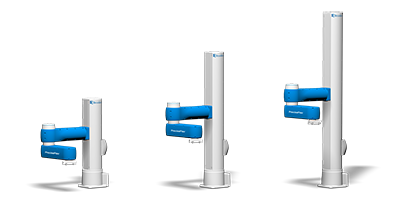
PreciseFlex c10
(10kg payload) - The latest generation of PreciseFlex robots with a tall Z-axis and large cylindrical work envelope of 900mm.
Learn More

